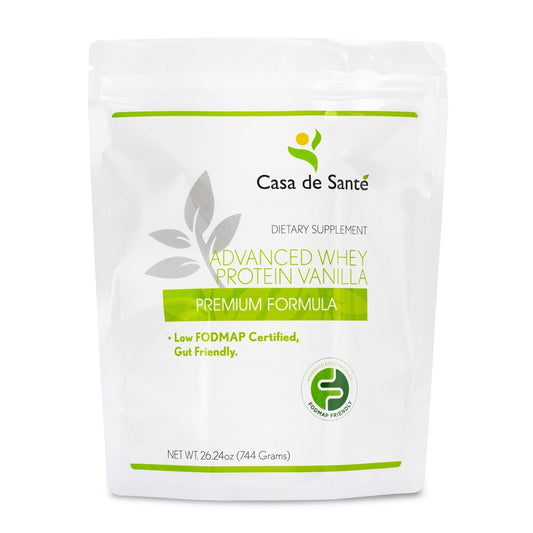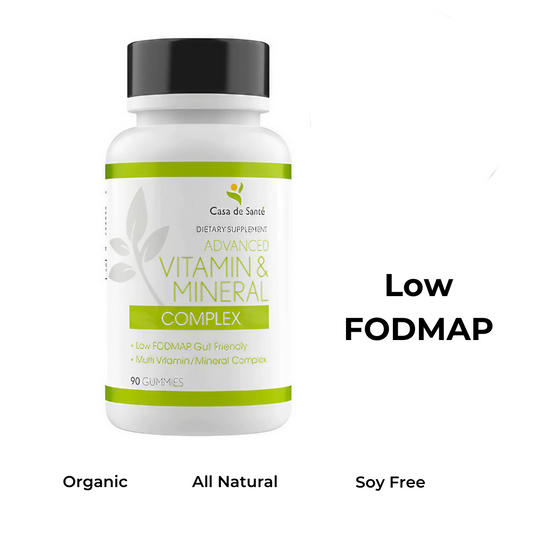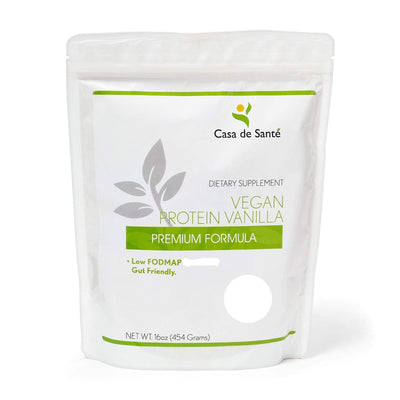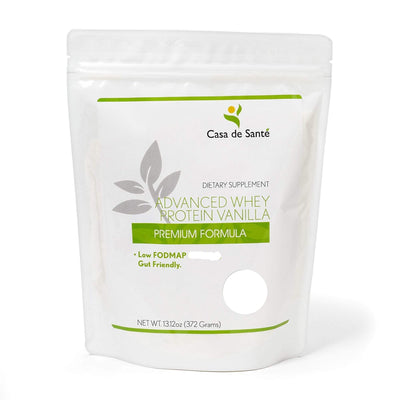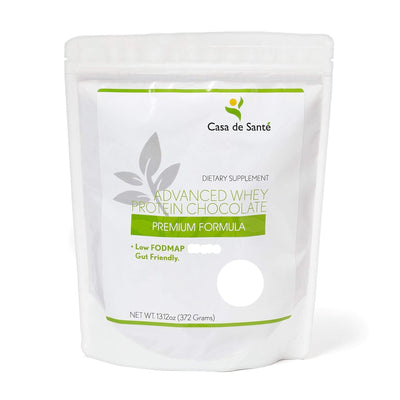Can You Still Tan With SPF 50? What to Expect From High SPF Sunscreen Protection
Every summer I find myself reaching for sunscreen, hoping to protect my skin while still getting that sun-kissed glow. Like many people, I’ve wondered if using a high sun protection factor, like SPF 50, means I won’t tan at all. It’s a common question, especially for those who want both safety and a bit of color.
The answer isn’t as straightforward as you might think. SPF 50 promises strong protection, but does it completely block the sun’s rays or is there still a chance for a tan? Let’s dig into how sunscreen works and what you can really expect when you spend time in the sun with a high SPF.
Understanding How SPF Works
SPF 50 sunscreen provides significant protection, but it doesn't completely block all ultraviolet (UV) rays. I see the effects of SPF measured widely in clinical and laboratory studies.
What Does SPF 50 Mean?
SPF 50 means I get about 50 times more protection from UVB rays compared to unprotected skin. SPF, or Sun Protection Factor, indicates how well sunscreen prevents UVB-induced erythema. For example, if my skin would start to burn after 10 minutes of sun exposure, SPF 50 extends that time by 50 times, up to 500 minutes in controlled settings. According to the American Academy of Dermatology, SPF 50 blocks approximately 98% of UVB rays.
How Sunscreen Protects Your Skin
Sunscreen protects my skin by absorbing, reflecting, or scattering UV radiation. Active ingredients in physical blockers like zinc oxide and titanium dioxide reflect UV light. Chemical filters such as avobenzone and octocrylene absorb UV rays, preventing cellular damage. These compounds reduce photoaging and help minimize the risk of sunburn, which clinical trials confirm. Even with SPF 50, some rays penetrate, so tanning remains possible if exposure continues long enough and reapplication lapses.
Can You Still Tan With SPF 50?
Tanning can still occur with SPF 50, but its intensity drops significantly. I still notice some color if my skin gets repeated sun exposure, even with high protection.
The Science Behind Tanning Through Sunscreen
Tanning happens when UV radiation triggers melanin production in my skin. SPF 50 filters out about 98% of UVB rays, based on data from the Skin Cancer Foundation. However, 2% of UVB rays and most UVA rays can reach my skin, since many sunscreens shield against both but not always equally. UVB rays primarily cause burning, while UVA rays penetrate deeper and prompt longer-lasting pigmentation. If I stay outdoors for extended periods, the cumulative exposure lets enough radiation through to cause a degree of tanning, especially if I don’t reapply sunscreen every two hours or after sweating or swimming.
Factors That Influence Tanning With SPF 50
Tanning intensity with SPF 50 depends on key variables:
- Application thickness: Applying less than the recommended amount—1 ounce for full body—drops real-life SPF protection.
- Reapplication frequency: Skipping reapplication after two hours or post-water exposure increases UV penetration.
- Skin phototype: People with darker Fitzpatrick skin types—like IV through VI—tan more easily than types I through III, even with the same SPF 50 use.
- Exposure time: Longer outdoor periods increase total UV received, raising the chance of tanning.
- Broad-spectrum coverage: Not all SPF 50 sunscreens filter UVA rays as effectively as UVB, allowing tanning from UVA exposure.
Benefits And Limitations Of Using SPF 50
SPF 50 offers high-level defense from UVB rays while reducing the risk of burns and long-term skin damage. This protection isn't absolute, as small amounts of UV rays can still penetrate and trigger tanning.
Protection Against Sunburn And UV Damage
Using SPF 50 means I block about 98% of UVB rays. Scientific sources confirm (FDA, 2023) this level of protection greatly decreases the risk of acute sunburn in most individuals, even with extended outdoor exposure. High SPF helps slow down photoaging like wrinkles or dark spots and lowers the risk of skin cancers by minimizing DNA damage. I get this benefit by applying broad-spectrum sunscreens, which combine filters such as zinc oxide or avobenzone, giving effective defense from both UVA and UVB rays.
Misconceptions About Complete Sunblock
SPF 50 doesn't completely block all ultraviolet radiation. 2% of UVB rays and nearly all UVA rays—unless the product is broad-spectrum—still reach my skin. This exposure means tanning can still occur with perfect application. Evidence confirms (American Academy of Dermatology, 2024) that factors like sweating, swimming, inadequate application, or gaps in reapplication can reduce protection further. High SPF levels greatly reduce risk but don't guarantee absolute immunity from tanning or sun-induced skin changes.
Tips For Safe Sun Exposure
Safe sun exposure relies on more than just using a high SPF sunscreen. I maximize protection by focusing on application technique and supporting measures that limit UV damage.
Proper Application Of SPF 50 Sunscreen
I apply SPF 50 sunscreen generously, aiming for 2 mg of product per square centimeter of skin, which meets test conditions used in clinical trials (FDA, 2021). I spread the sunscreen evenly on all exposed areas, including common misses like ears, lips, and the tops of feet. I reapply at least every 2 hours or immediately after heavy sweating or swimming, consistent with World Health Organization guidance. I choose a broad-spectrum formula containing zinc oxide or avobenzone to help shield against both UVA and UVB rays. I avoid reducing effectiveness by waiting less than 15 minutes after application before sun exposure.
Additional Sun Safety Practices
I seek shade between 10 am and 4 pm, when UV radiation peaks in intensity (CDC, 2023). I boost skin protection with hats that shade the face, neck, and ears, and wear lightweight, tightly woven clothing to reduce UV penetration. I use sunglasses labeled for 100% UVA/UVB protection to safeguard my eyes. I check the UV index before spending extended time outdoors and limit exposure on days rated above 6. I avoid tanning beds, which concentrate UVA waves and accelerate photoaging and cancer risk beyond sun exposure alone.
Key Takeaways
- SPF 50 sunscreen offers high protection, blocking about 98% of UVB rays, but it does not completely prevent tanning, as some UV rays still reach the skin.
- Tanning can still occur with SPF 50, primarily due to residual UVB exposure, inadequate application, missed reapplication, and UVA penetration.
- Proper usage—including applying a generous amount, choosing broad-spectrum formulas, and reapplying every two hours—is essential for maximum protection.
- Skin type, exposure duration, and sunscreen reapplication habits all influence the level of tanning even when using SPF 50.
- Complementing sunscreen use with additional sun safety practices, like seeking shade and wearing protective clothing, further reduces the risk of tanning and skin damage.
Conclusion
When I reach for SPF 50 sunscreen I know I’m giving my skin strong protection but not total immunity from the sun. Even with careful application and reapplication some UV rays can still reach my skin and trigger tanning.
That’s why I always combine high SPF with other sun safety habits like seeking shade and wearing protective gear. This way I can enjoy time outdoors while keeping my skin as healthy as possible.








